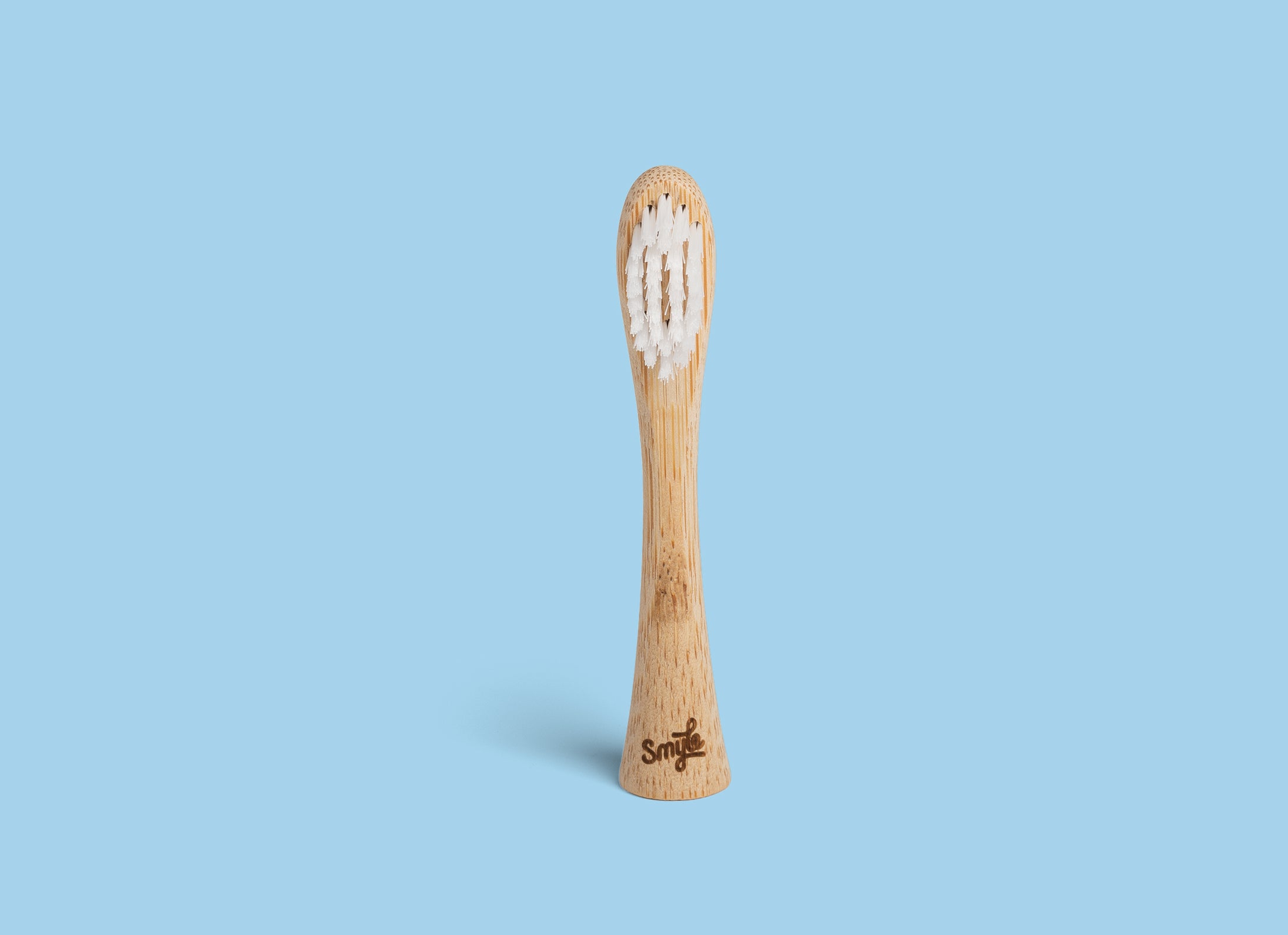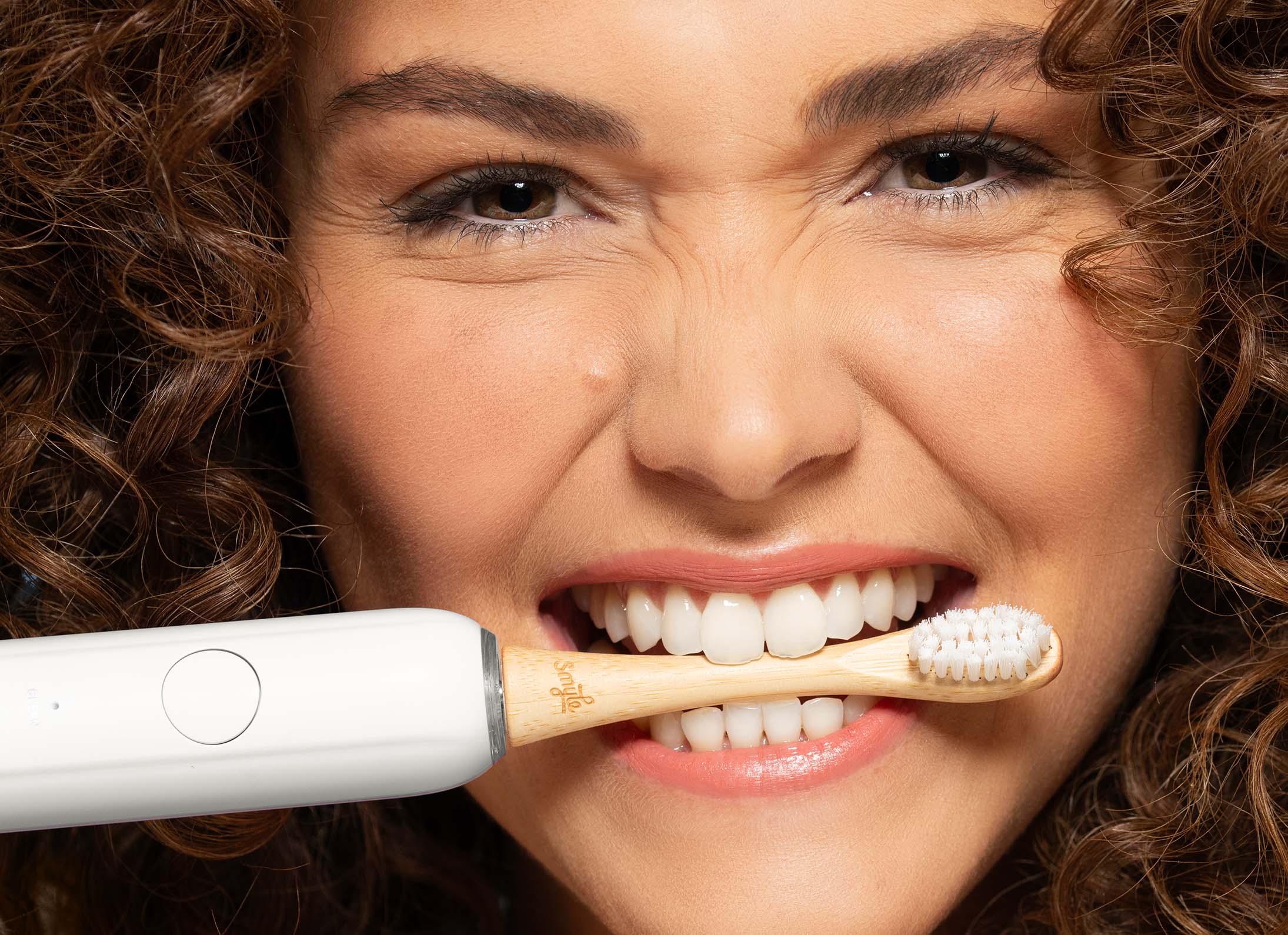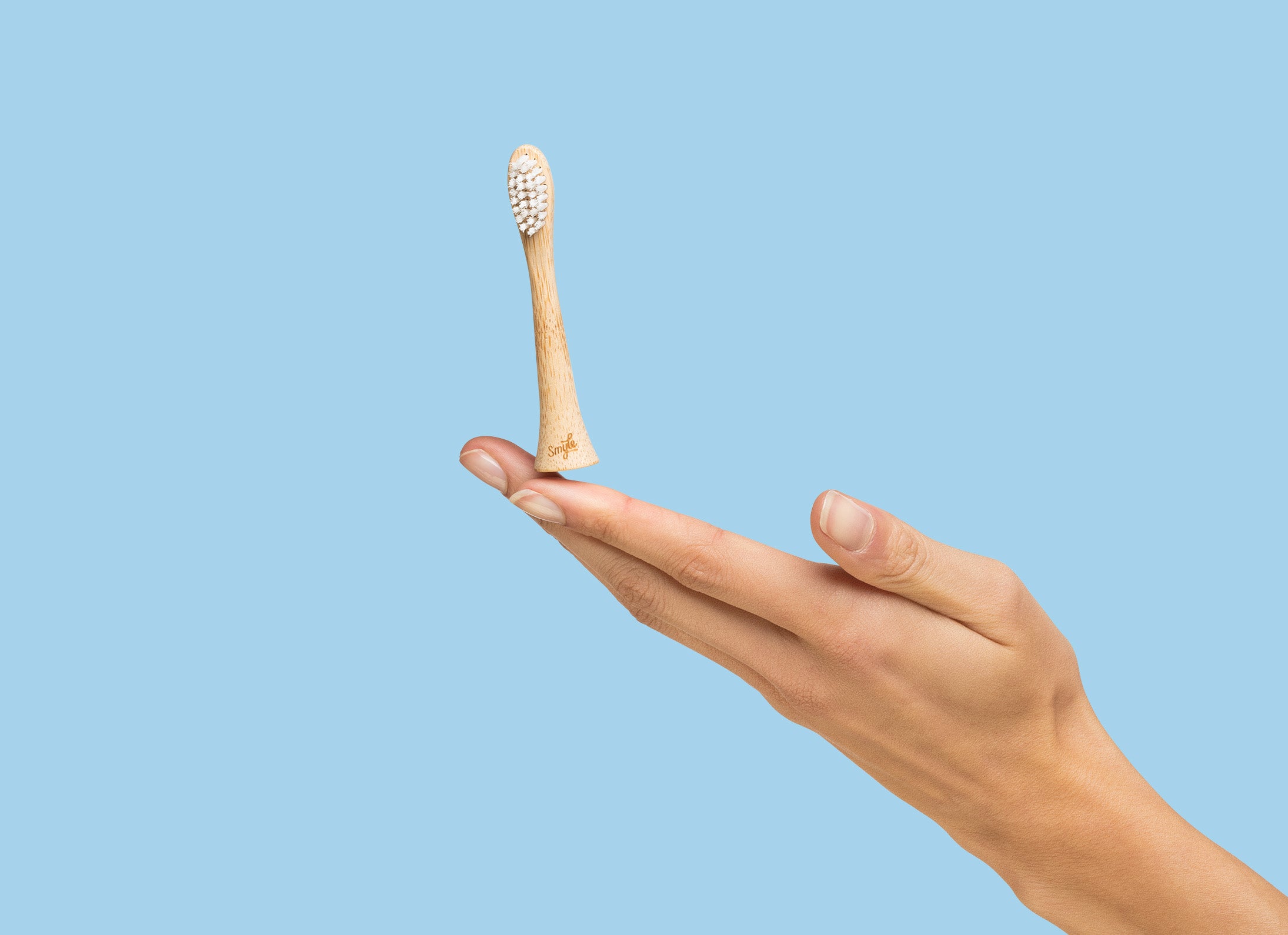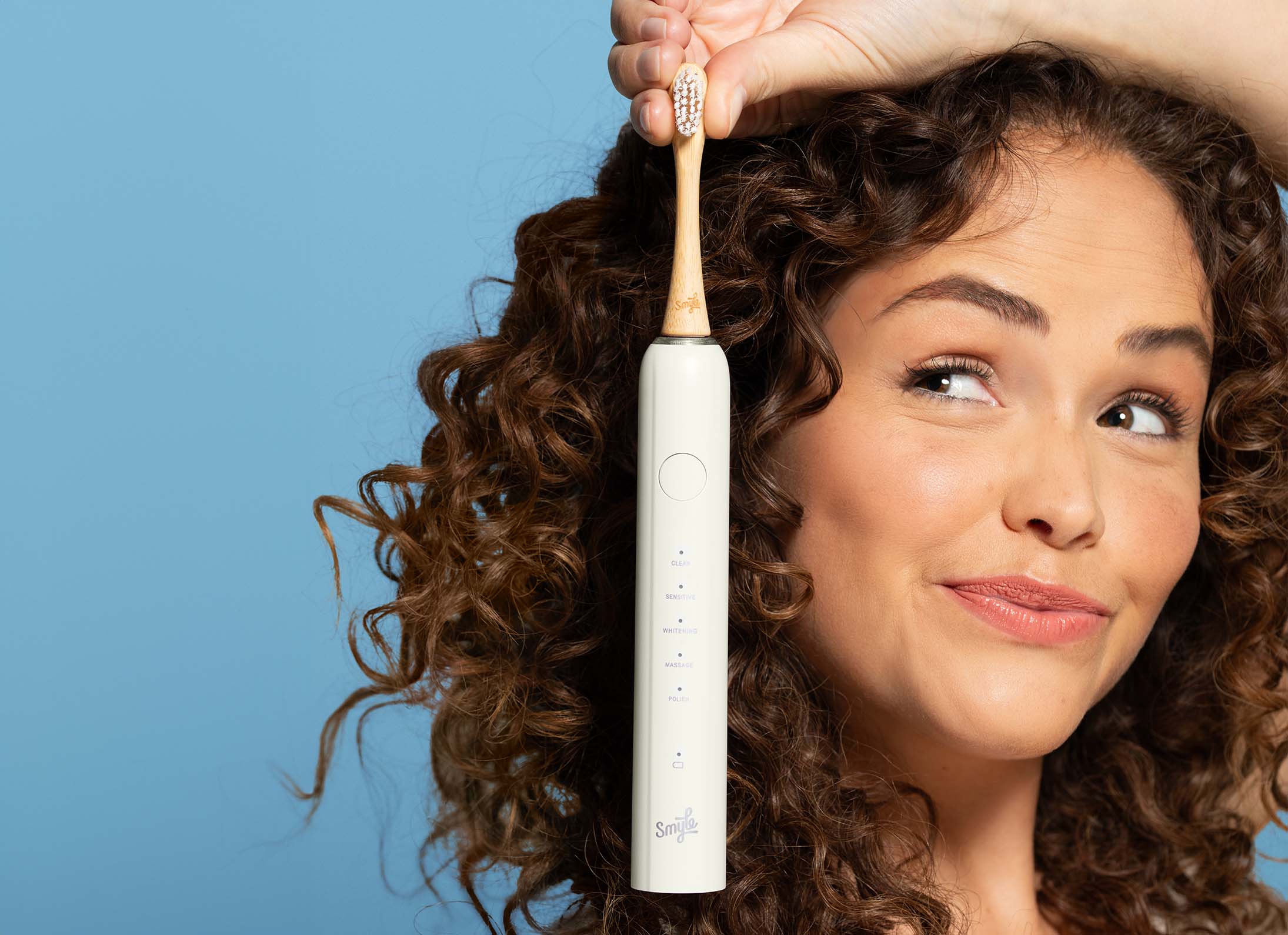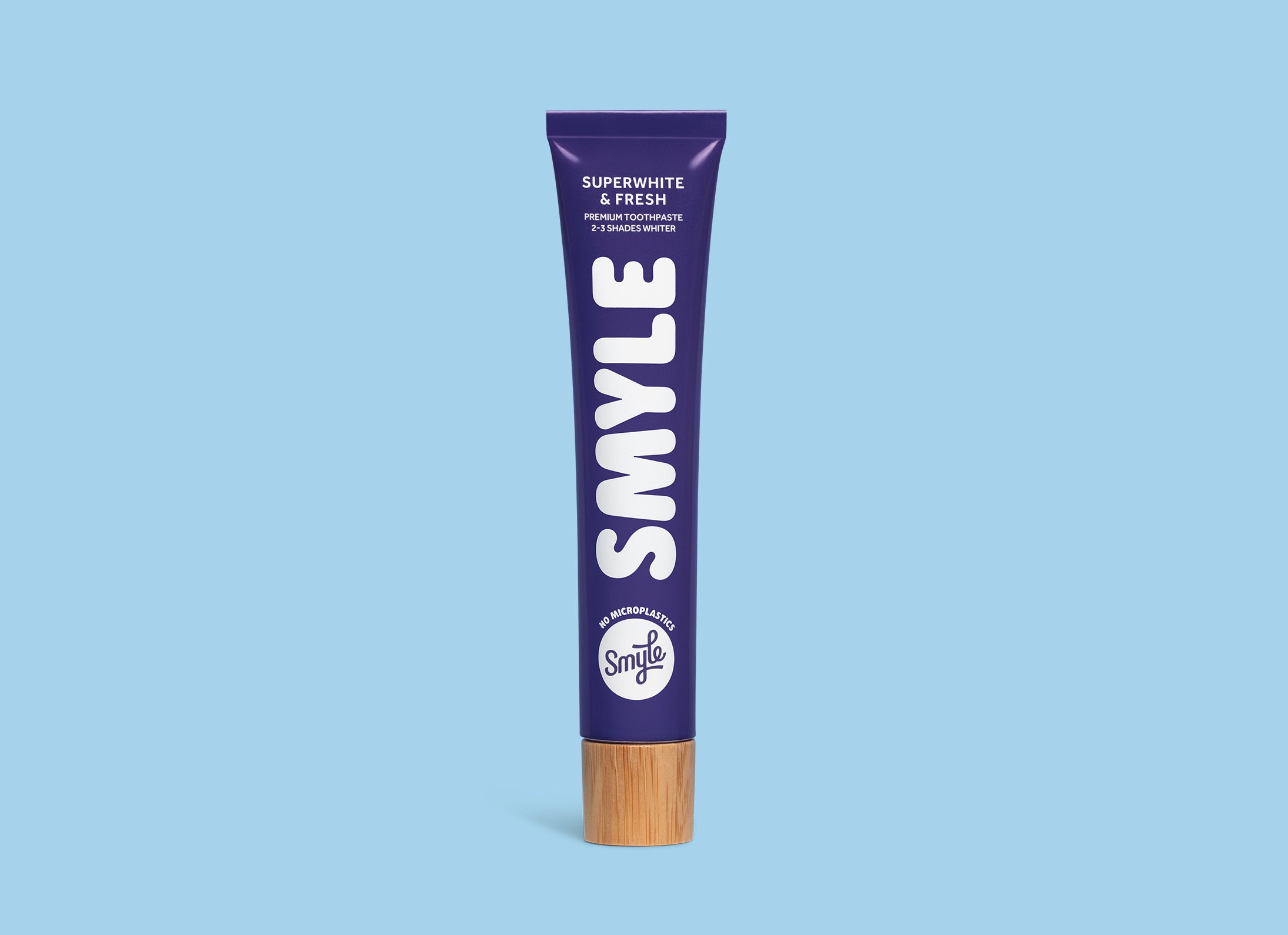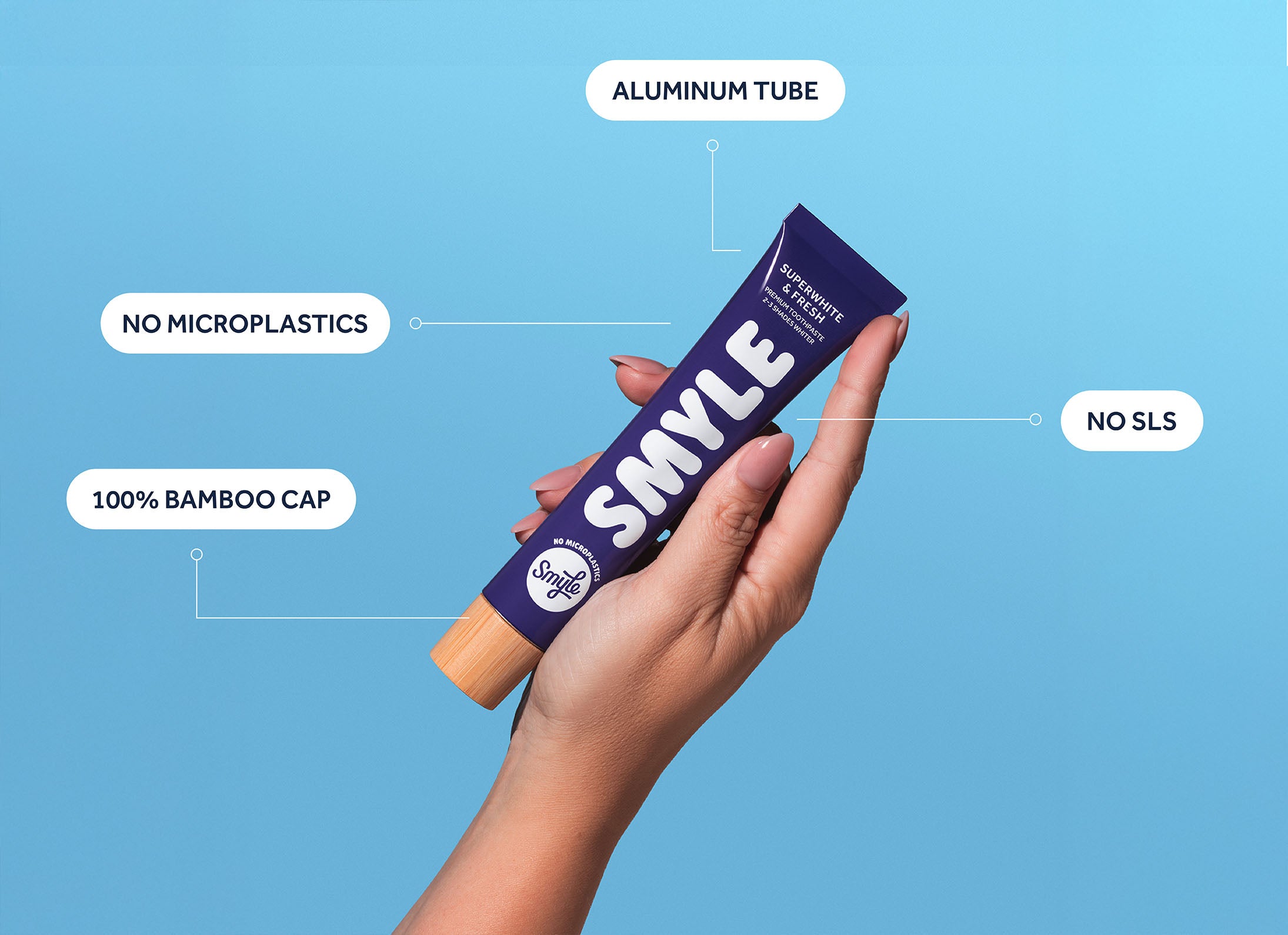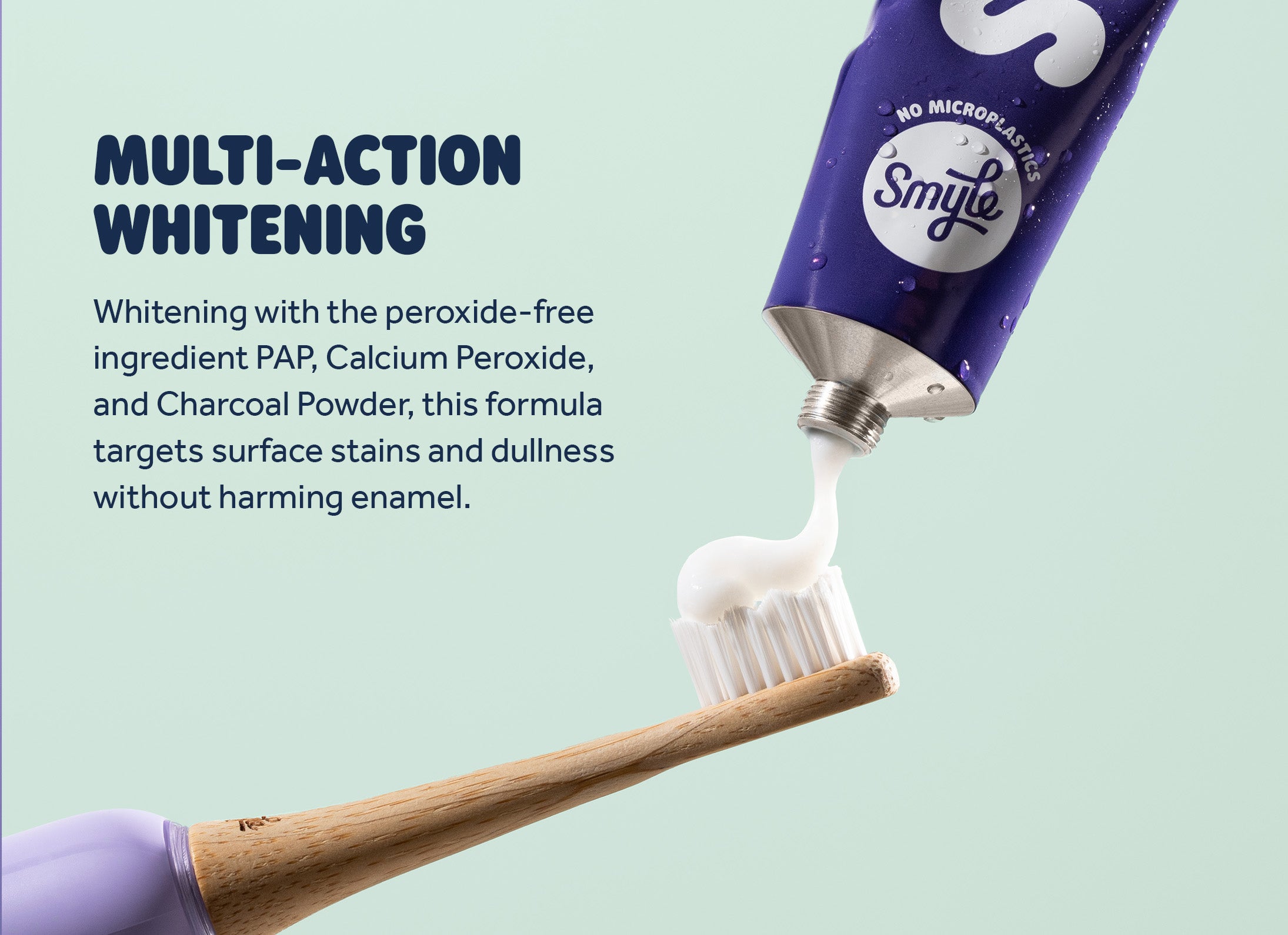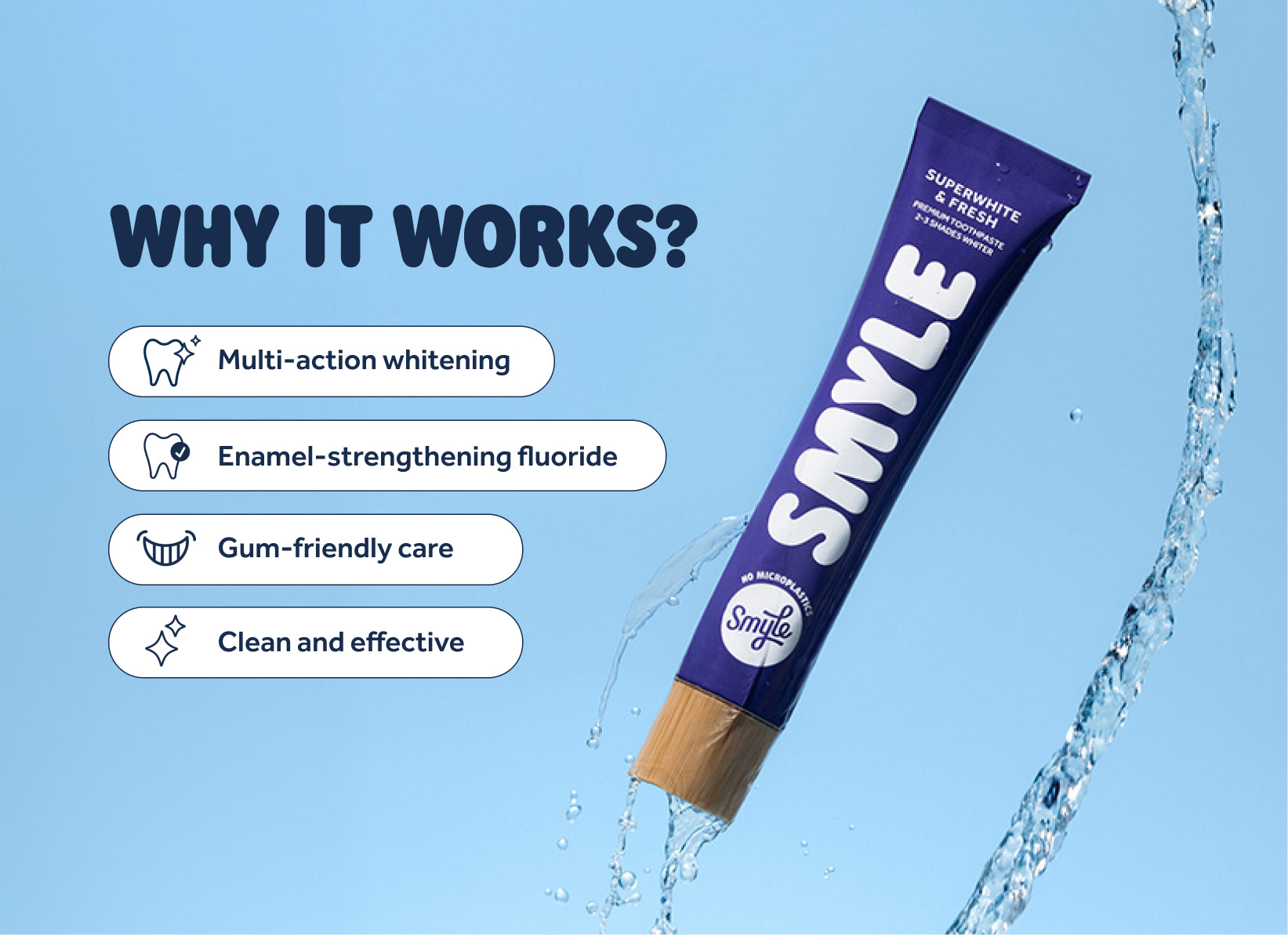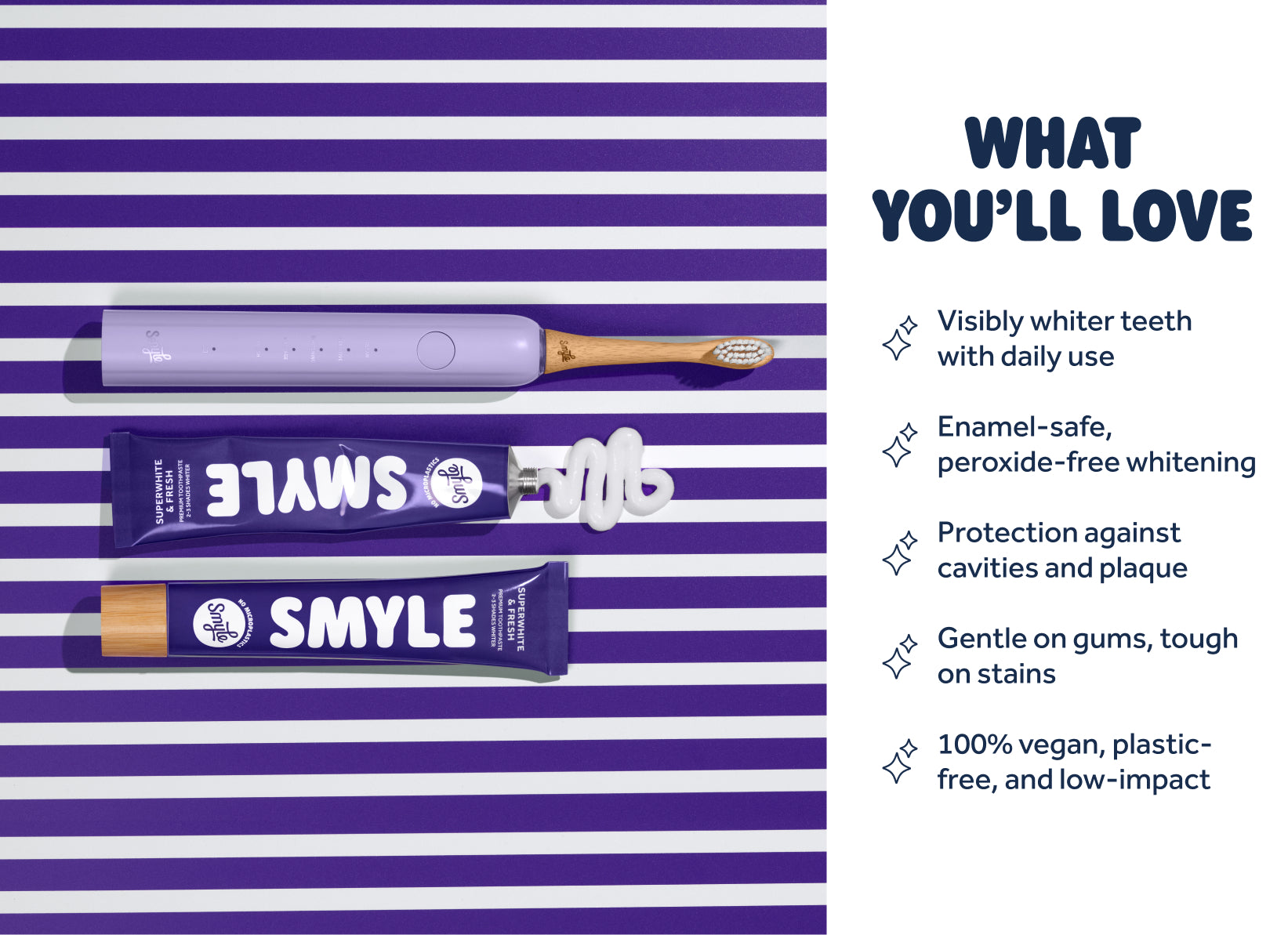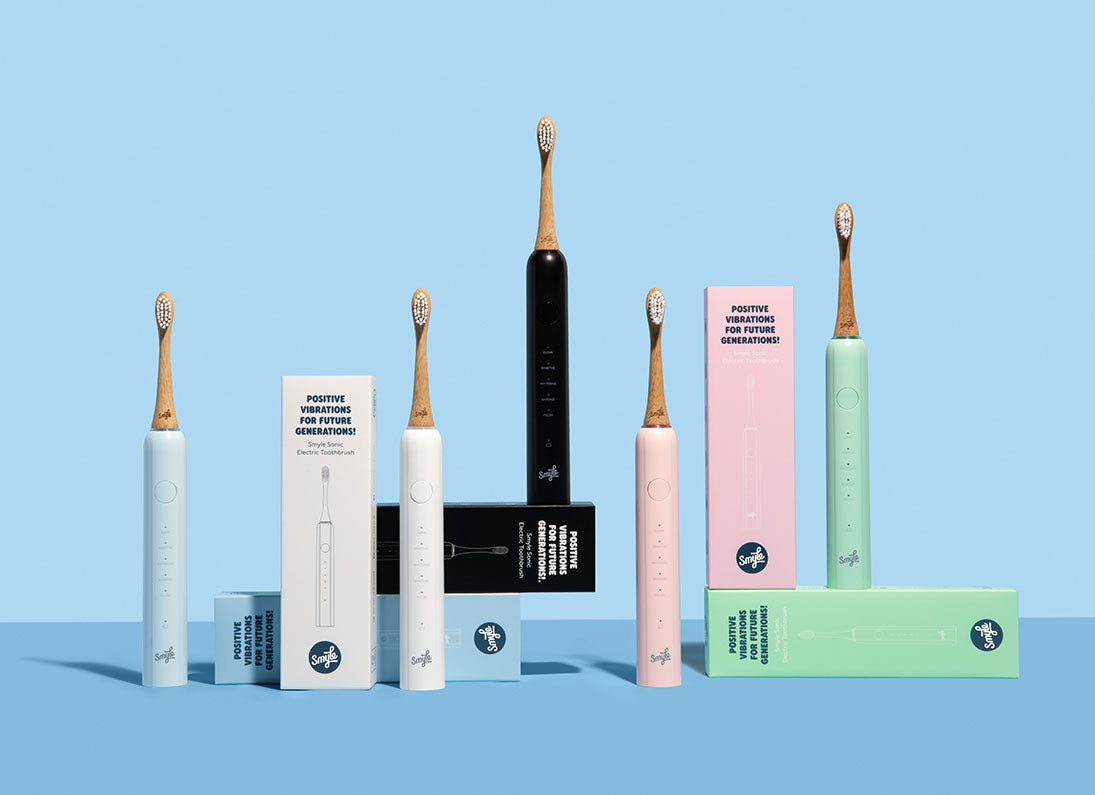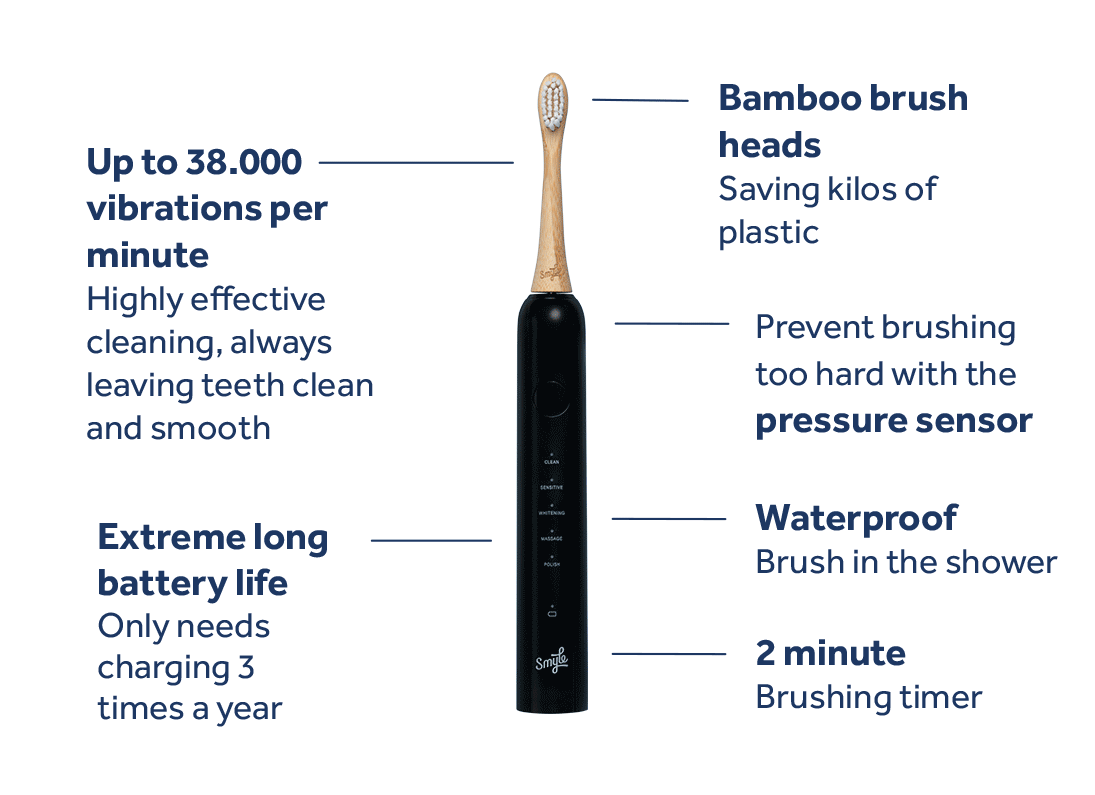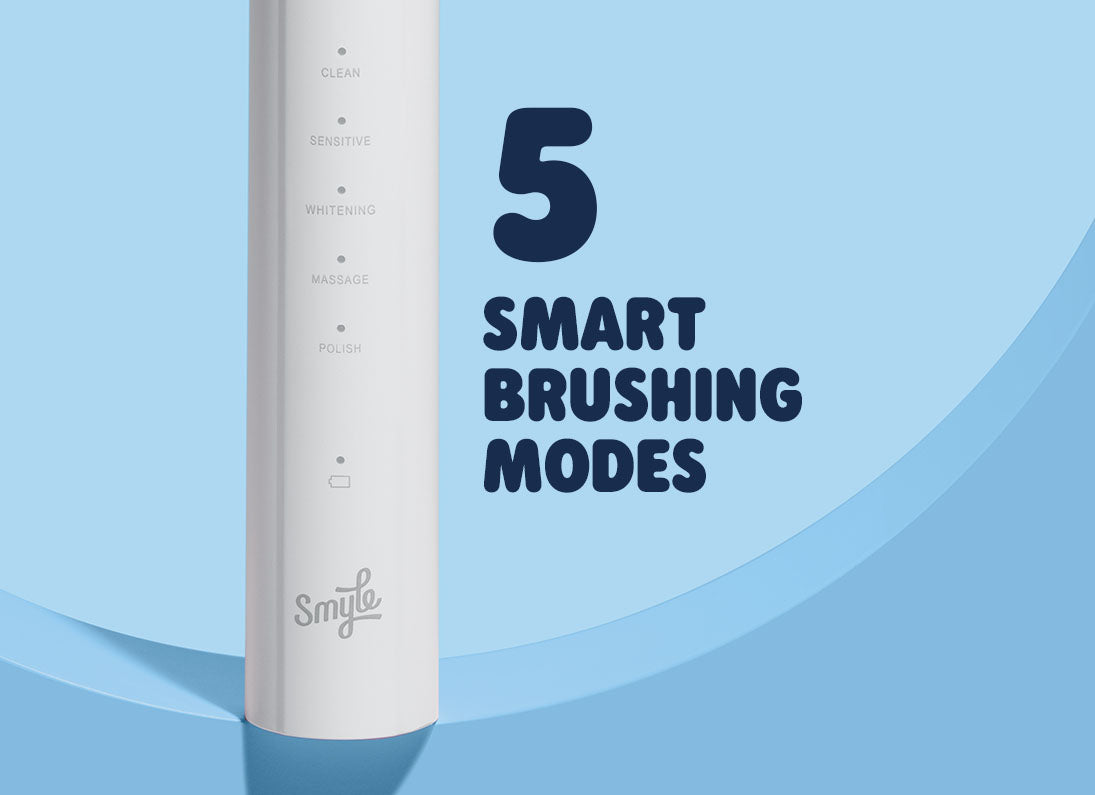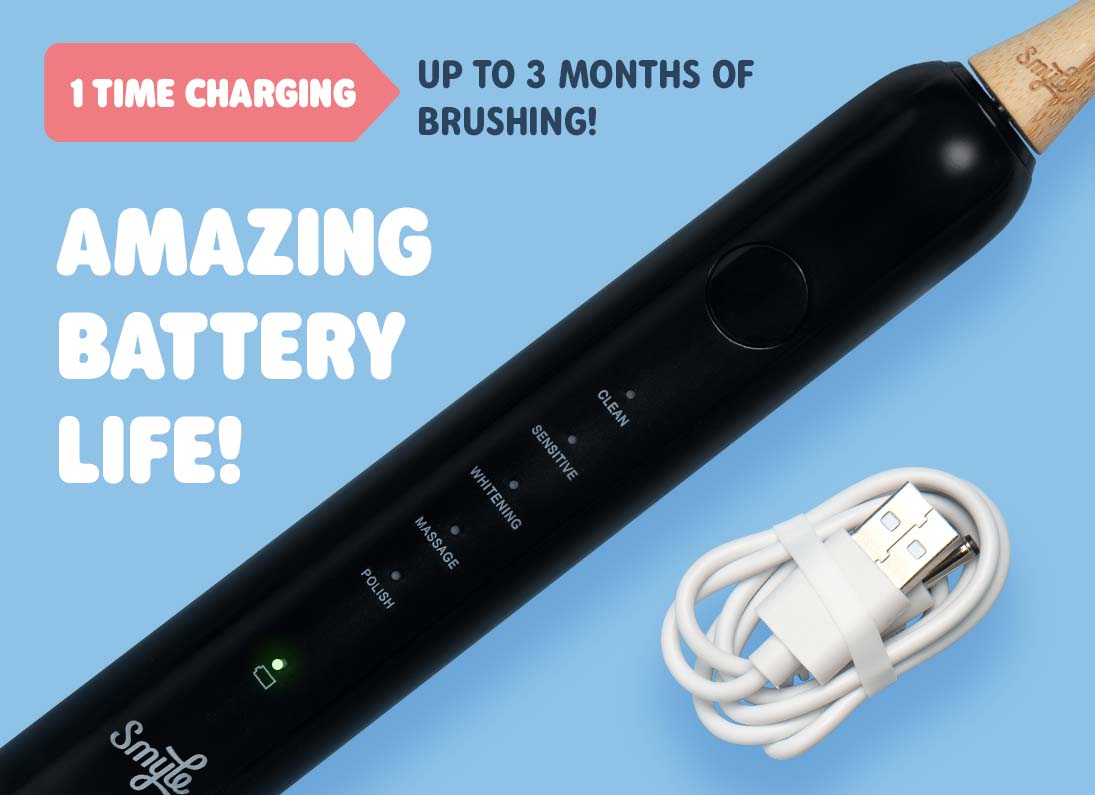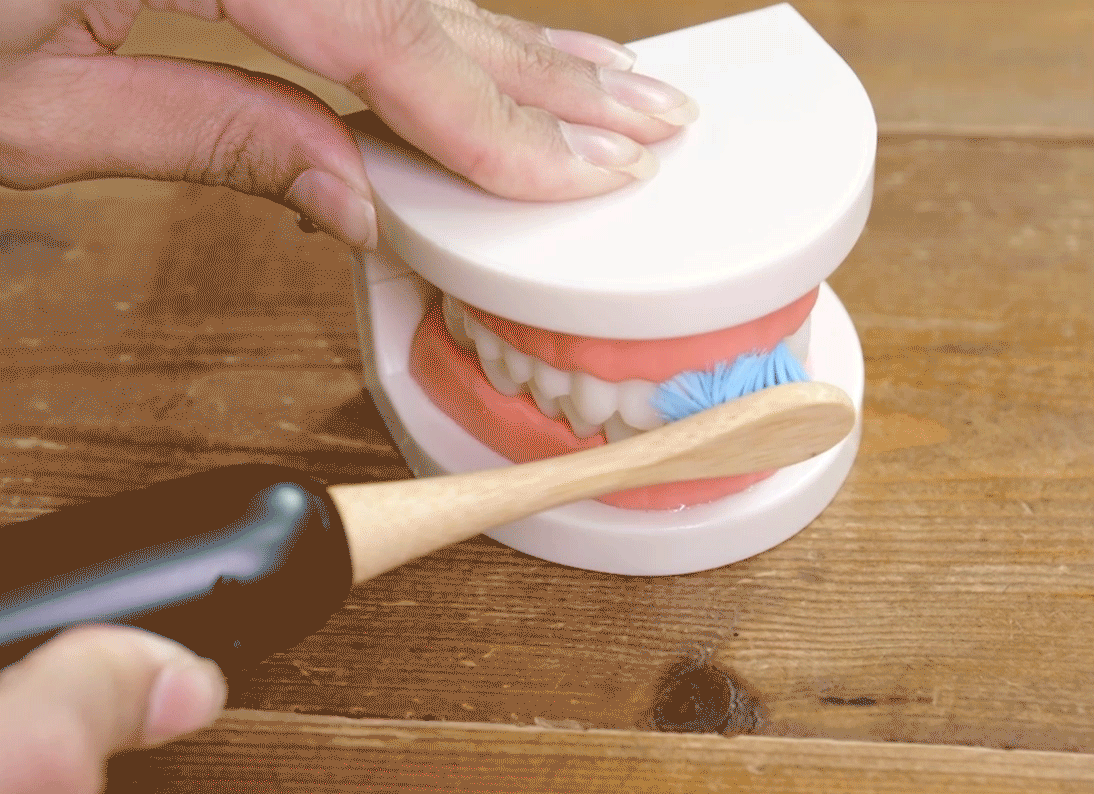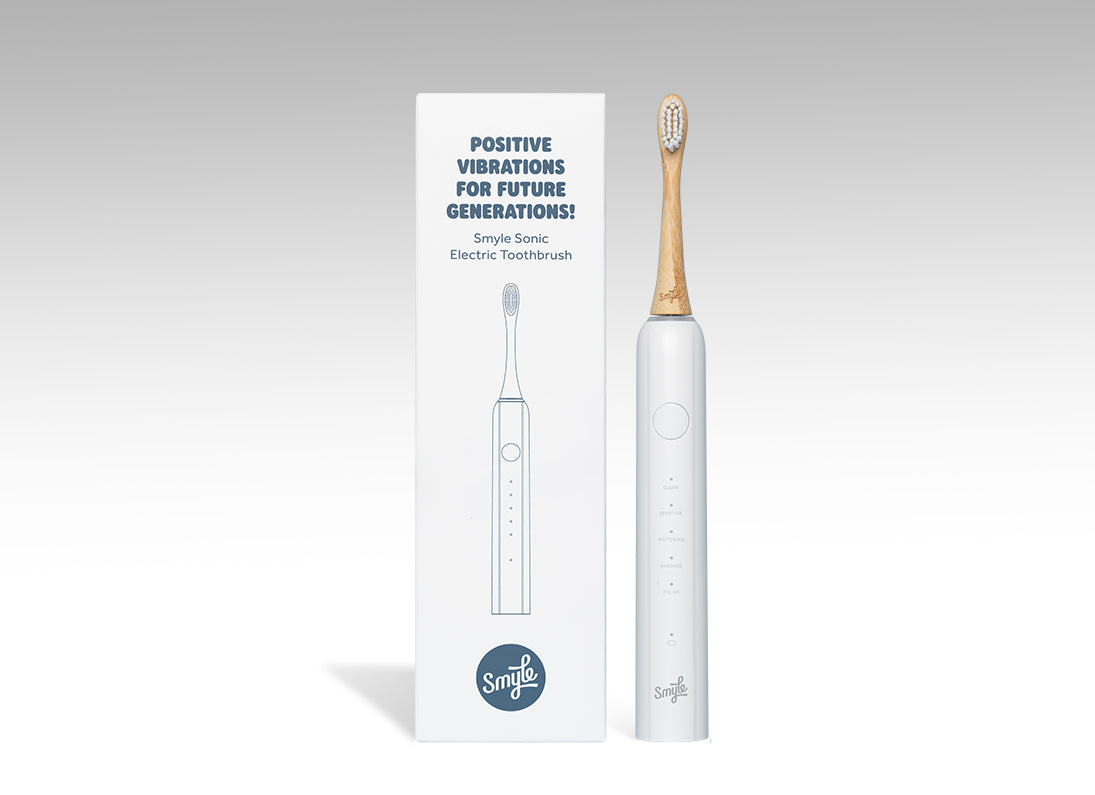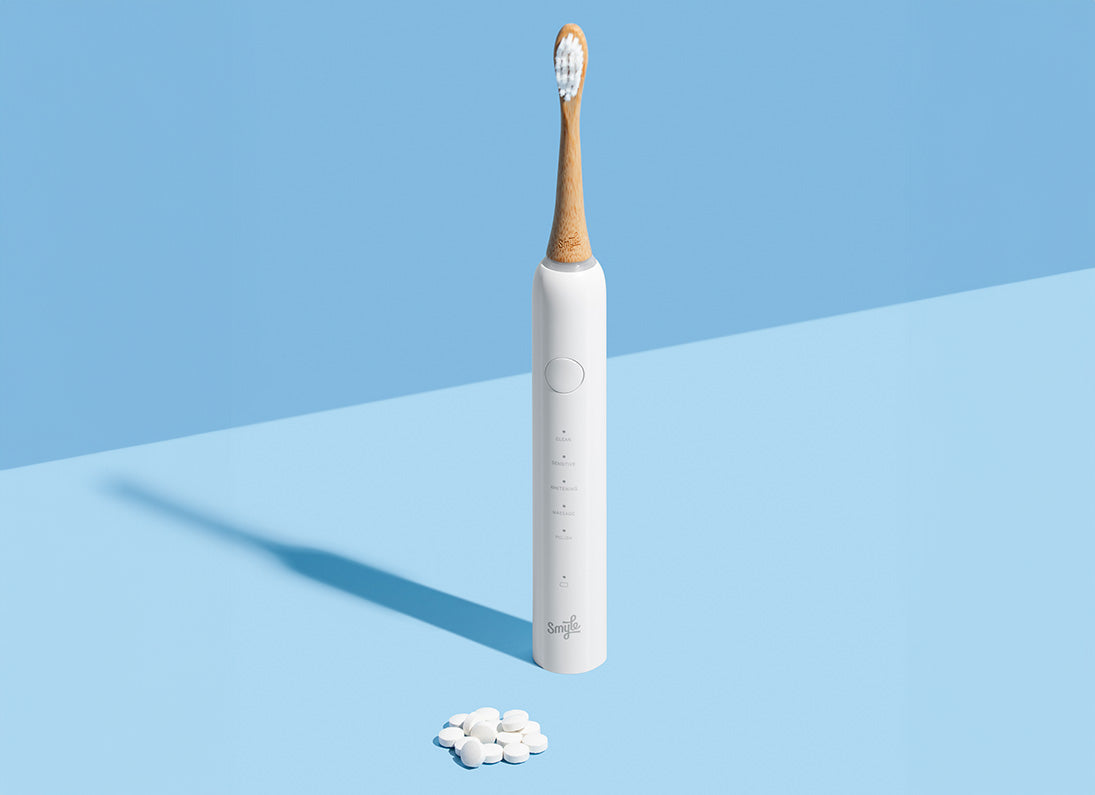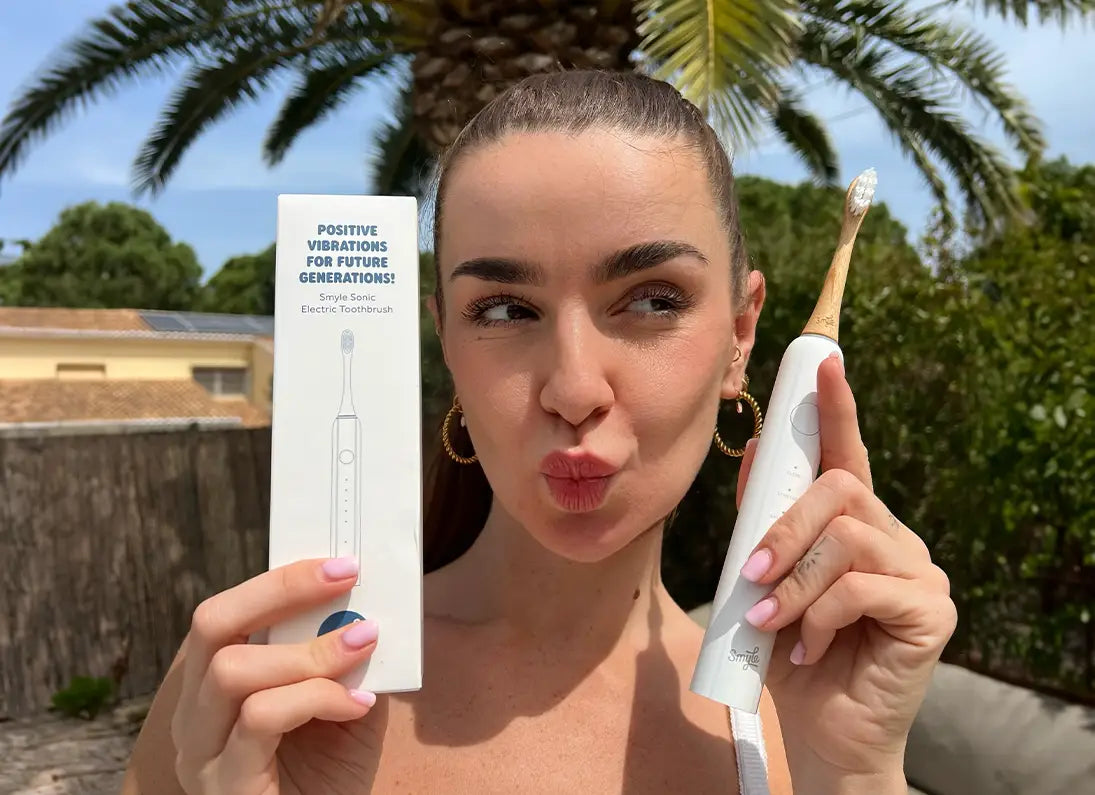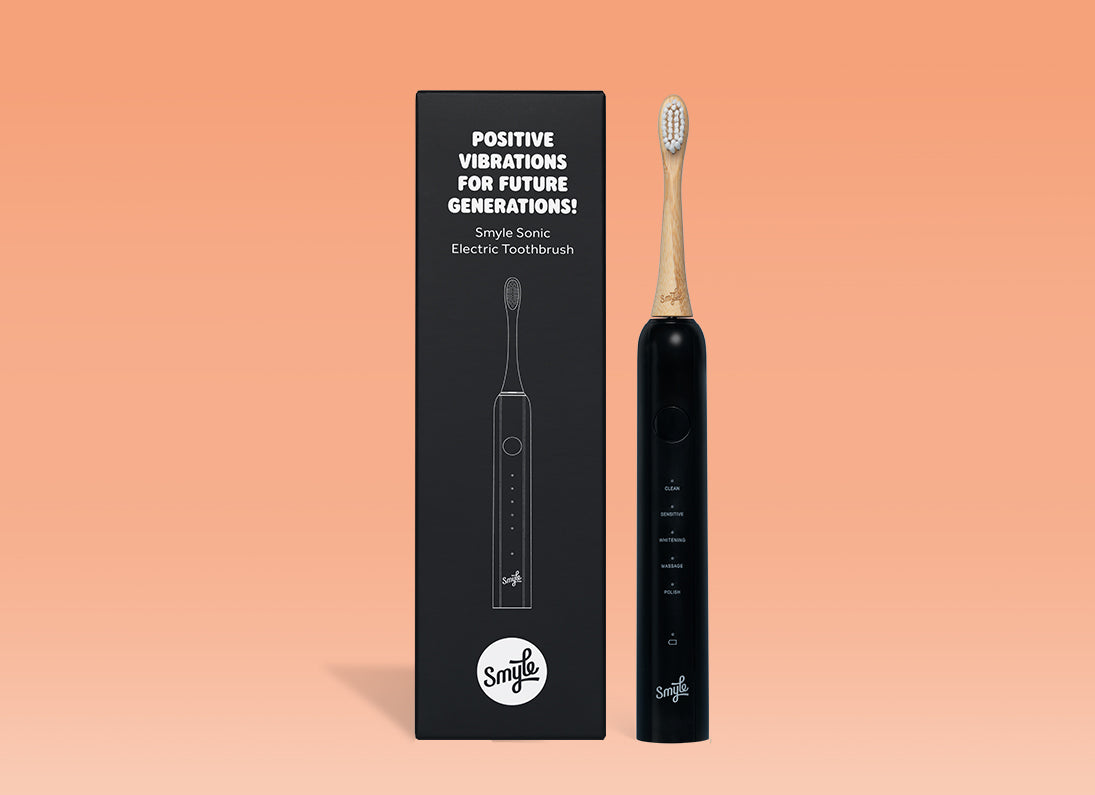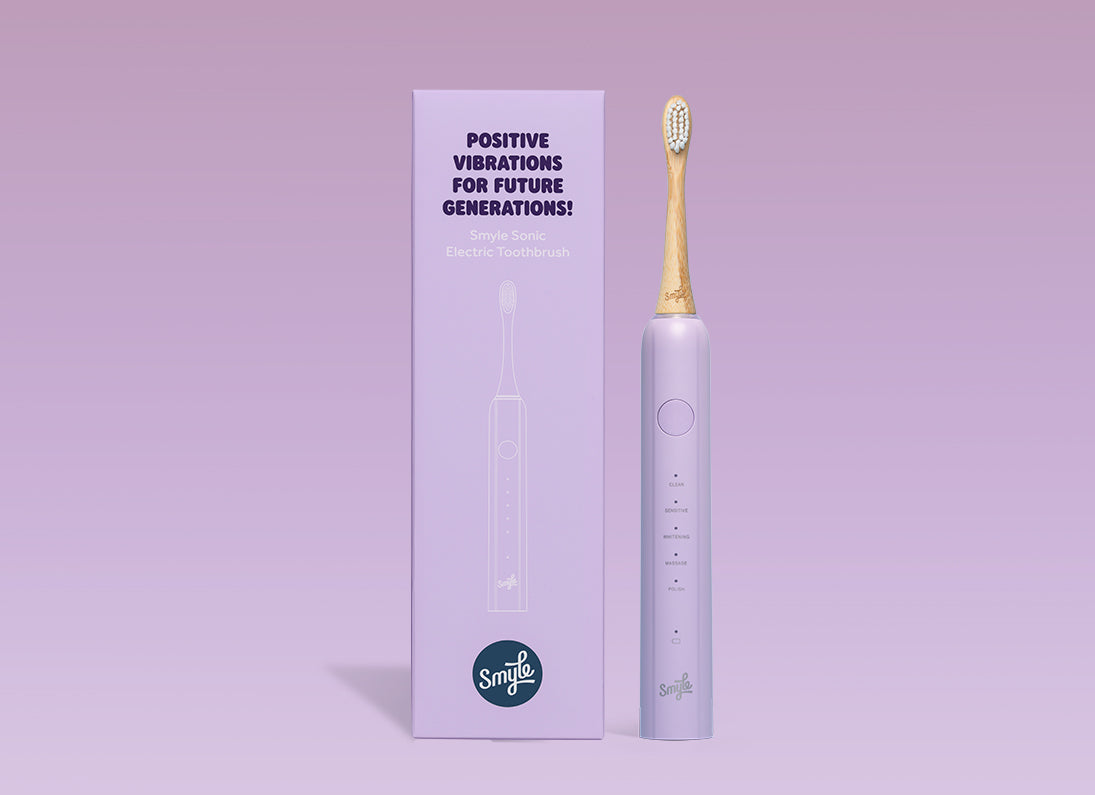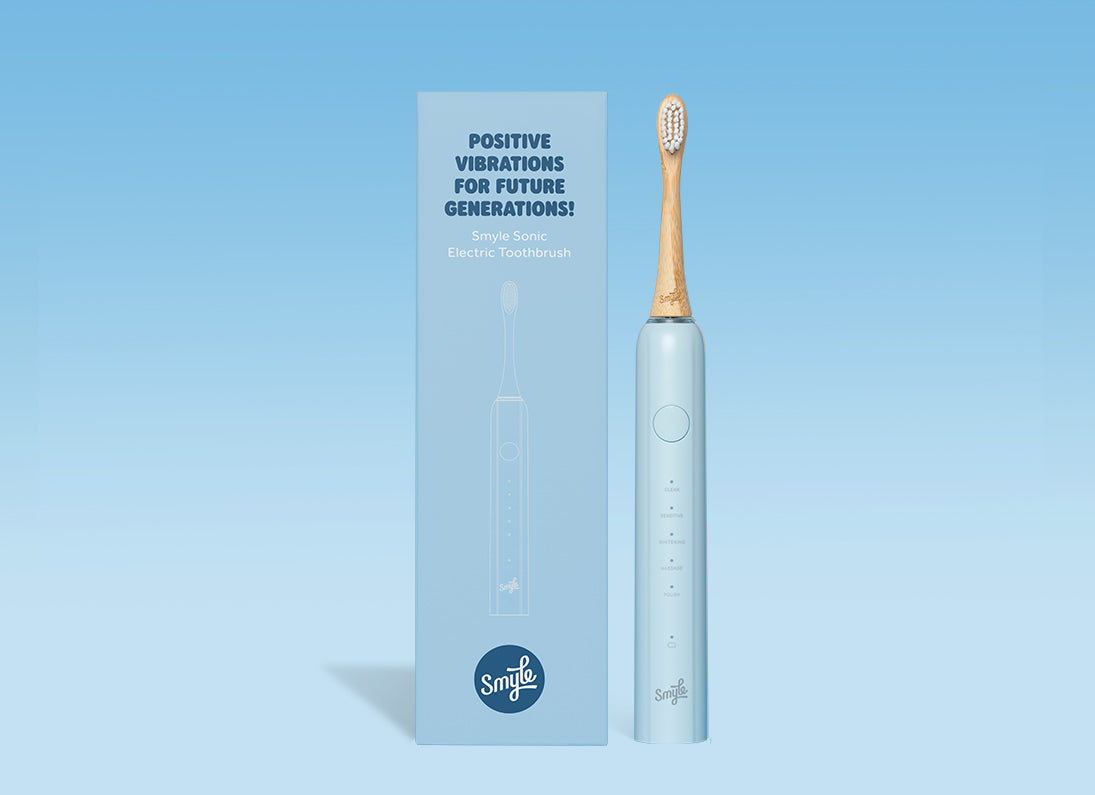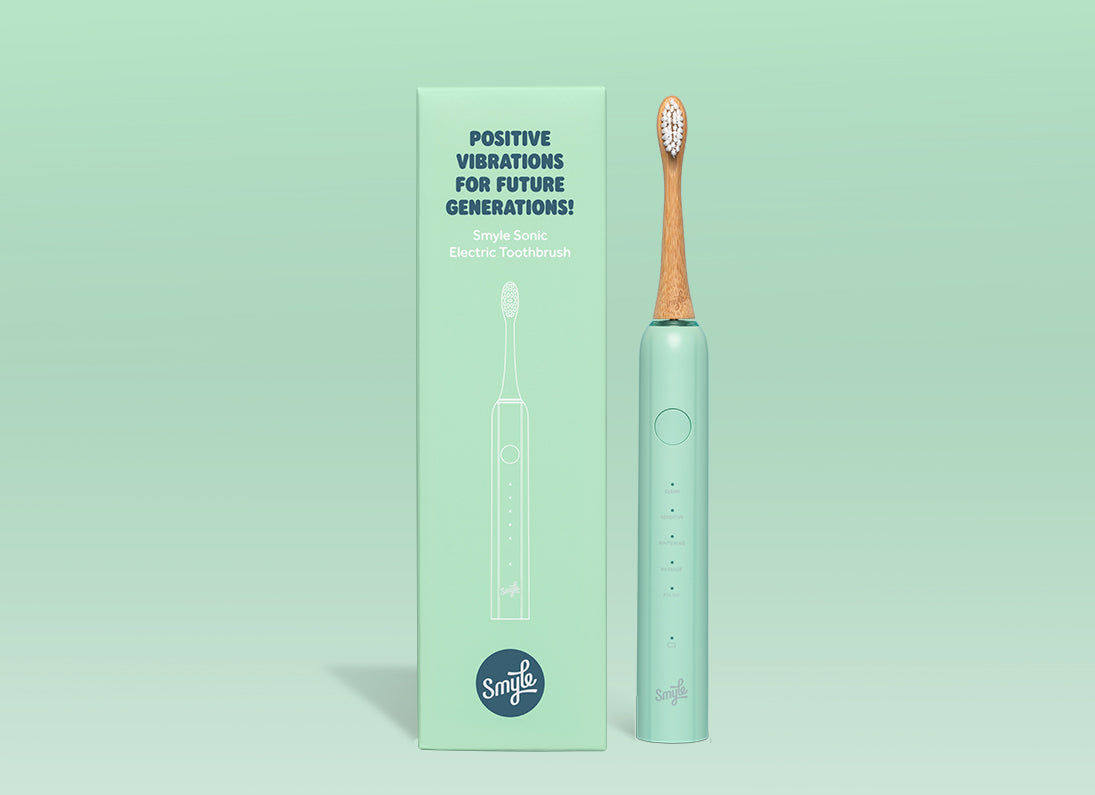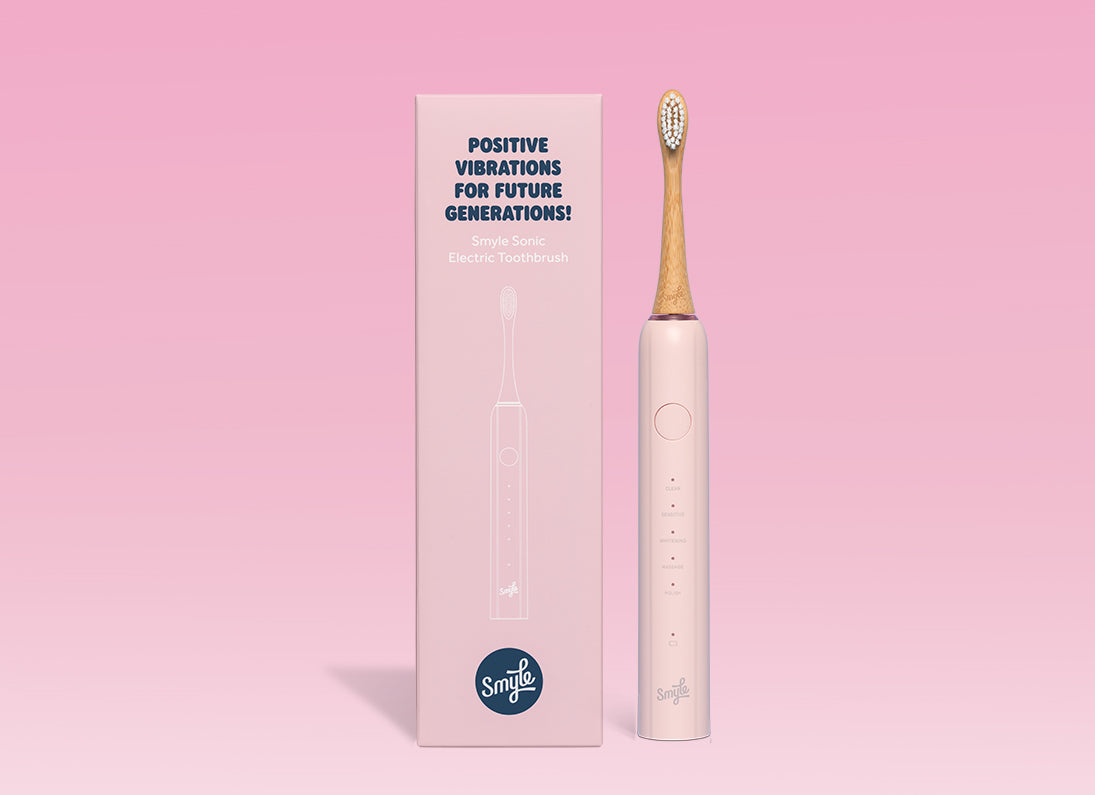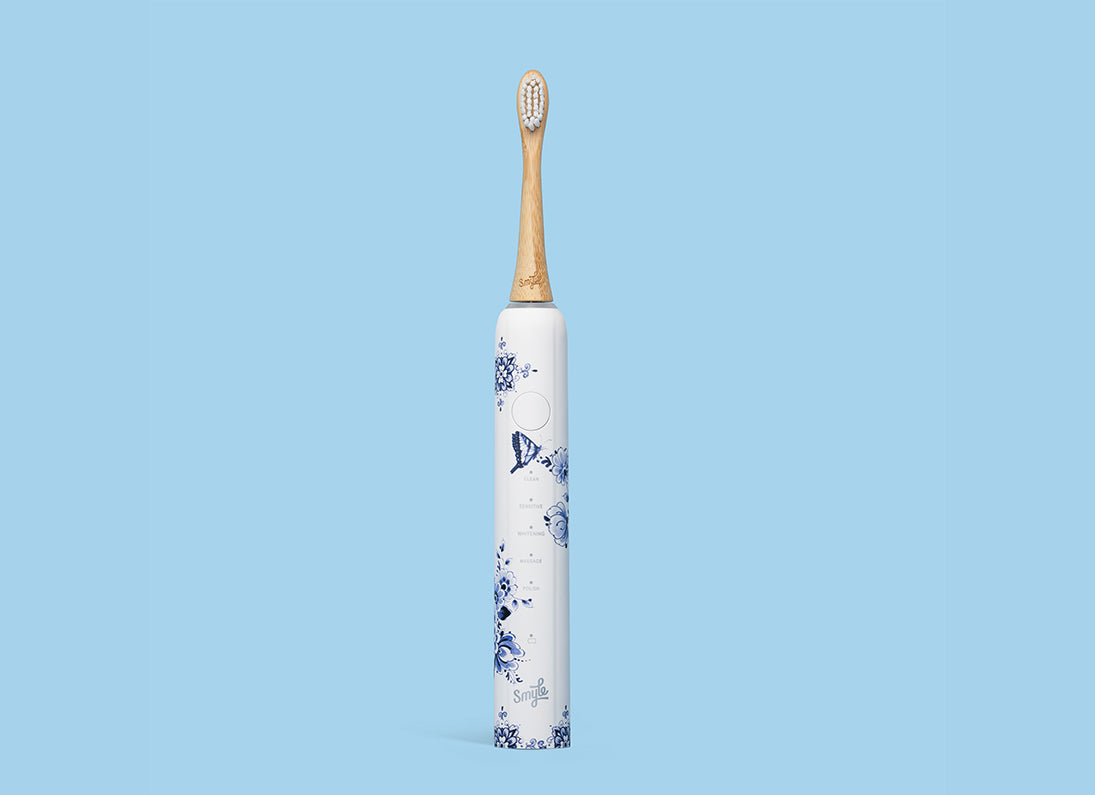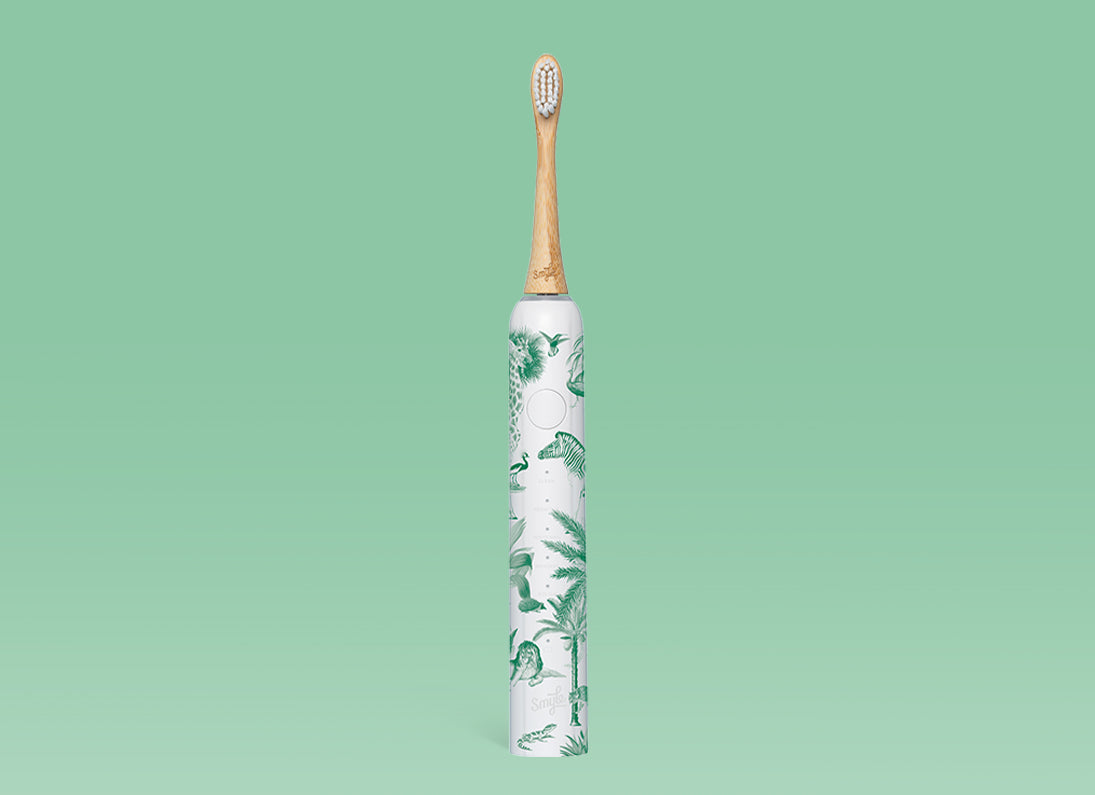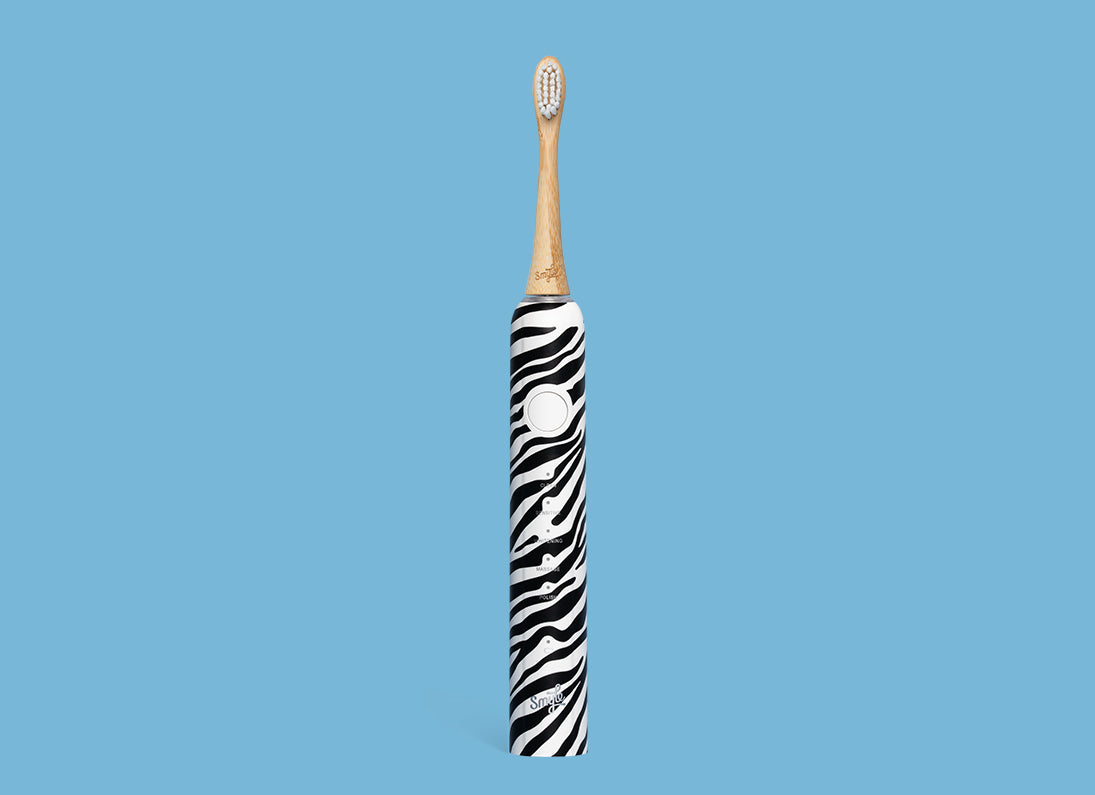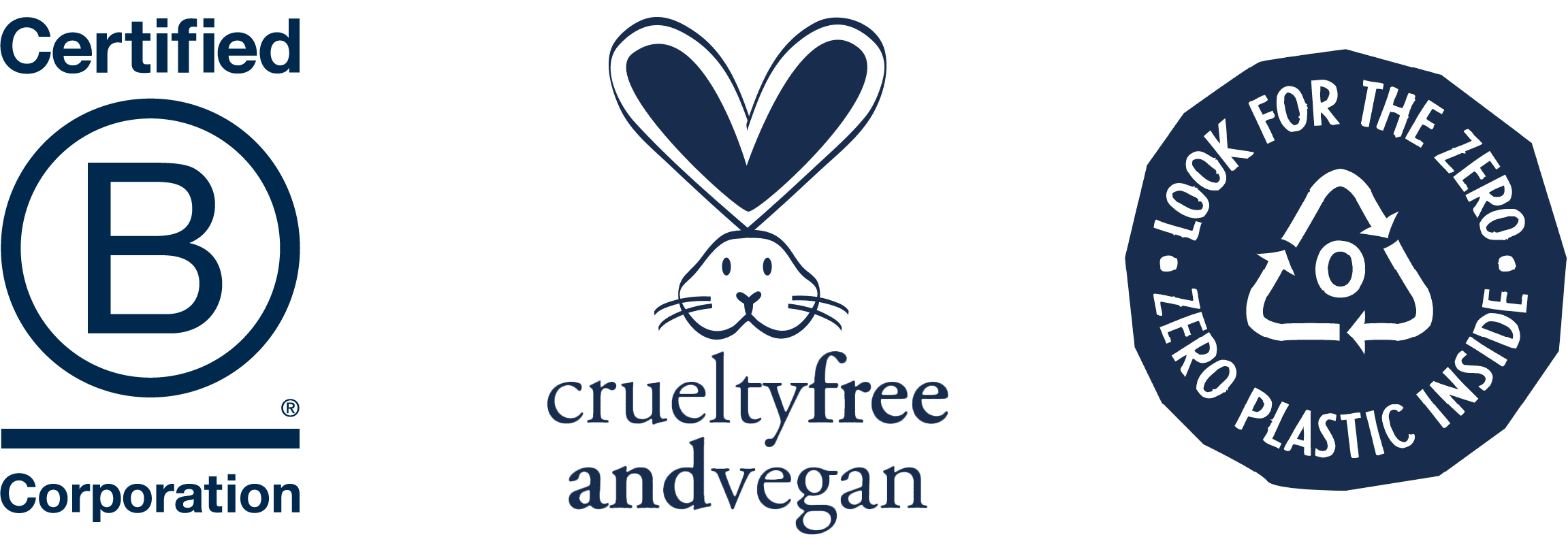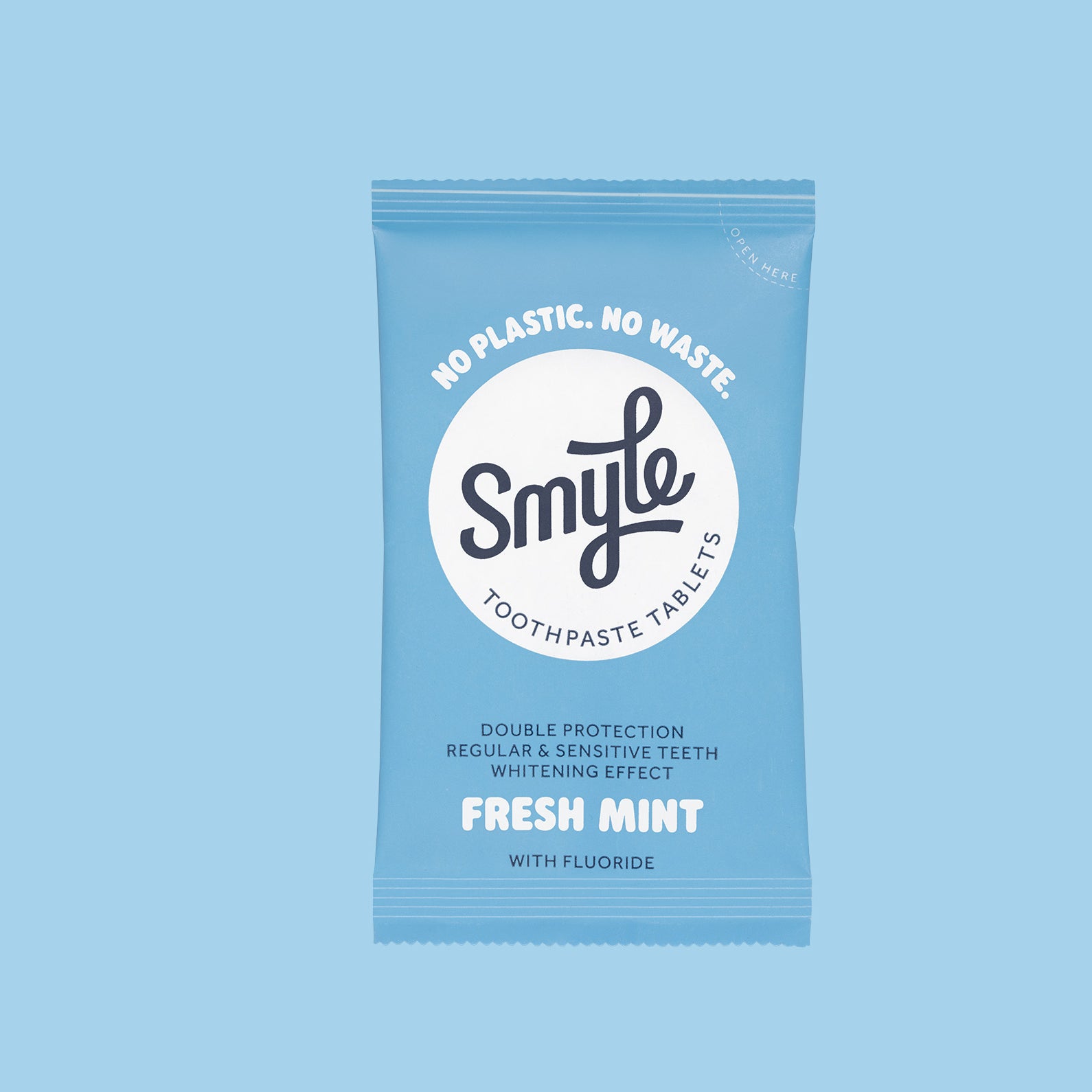
Do you notice that your tongue looks white? Did you know that this problem actually occurs more often than you might think? It can be quite annoying, of course. You might feel a bit self-conscious about it. It doesn’t necessarily look hygienic, and sometimes it’s accompanied by an unpleasant breath odor. As a result, you might prefer to take a few steps back when speaking or avoid smiling with your mouth open. This coating on your tongue typically isn’t harmful. A white tongue has several causes and effects.
What does a white tongue look like?
Have you ever really looked at your own tongue in the mirror? A healthy tongue is generally pink or red in color and ideally doesn’t have bad breath. Unless you’ve just eaten a vegetarian Turkish pizza with sambal and onions, which is understandable! With a white tongue, the top of your tongue is covered with a white coating. This coating can be patchy or even, and can take different forms, ranging from a uniform or spotted appearance to a thicker and hairier look, or may even be completely undetectable. Moreover, a white tongue coating can be accompanied by unpleasant breath odor.
Causes of a white tongue
A white tongue is usually harmless and can have several causes. We’ve listed these causes for you:
Dry mouth
A dry mouth occurs when there is insufficient saliva production. Saliva plays important roles, including cleaning the oral cavity and removing dead skin cells and bacteria that can accumulate on the surface of the tongue. When there isn’t enough saliva, these bacteria and cells can build up and cause a white layer on the tongue.
Cold
One possible cause of a white tongue is a cold. During a cold, the mucous membranes in the mouth and throat can become irritated, leading to an increase in dead skin cells and bacteria on the tongue. This can result in a white, sticky layer on the surface of the tongue. A white tongue caused by a cold is usually temporary and will go away once the cold is over.
Poor oral hygiene
When we don’t take proper care of our oral health, bacteria build up on the tongue, leaving a white coating in the mouth.
Inflamed gums
Gum inflammation (such as gingivitis or periodontitis) leads to an increased coating on the tongue. The combination of inflammation and the blood that is released creates a favorable environment for bacteria, which can result in the formation of a white coating on the tongue.
Fungal Infection
Fungal infections can occur when the natural balance of bacteria in the mouth is disturbed. Normally, these fungi are kept under control by the immune system and other bacteria in the mouth. Unfortunately, this is not always the case.
Smoking and alcohol use
It’s well-known that smoking and alcohol are harmful to health. However, you might not be fully aware that they can also contribute to the formation of a white coating on the tongue. This happens because smoking and alcohol reduce saliva production, which leads to a dry mouth.
Excess sugar in food and drinks
The phenomenon where bacteria play a role also applies here. When sugars are left on your tongue, they form an ideal food source for fungi and bacteria, and these microorganisms cause the white layer on your tongue.
How to treat a white tongue
In most cases, no specific treatment is needed for a white tongue, as the white color usually disappears on its own. However, if you want the coating on your tongue to disappear faster, there are certain measures you can take to speed up the process and also reduce the risk of a white tongue in the future.
Tip 1:
- Maintain good oral hygiene
Probably the most obvious tip is to ensure good oral hygiene. Brush your teeth at least twice a day, for about two minutes each time. Floss between your teeth and rinse your mouth with the appropriate mouthwash afterward. Also, use a tongue scraper to remove any bacteria from your tongue.
Extra tips: Use an electric toothbrush with soft bristles, a toothpaste that contains fluoride, and avoid applying too much pressure while brushing.
Tip 2:
- Add a tongue scraper to your oral care routine
As mentioned above: definitely make use of a tongue scraper. Do this after brushing your teeth and take the time to scrape your tongue. This helps remove bacteria, which can also aid in better breath. Or, you can use your toothbrush instead of a tongue scraper. This also works.
Tip 3:
- Visit the dentist regularly
Visit the dentist for regular check-ups. They can help with a thorough teeth cleaning, such as removing tartar. The dentist can also offer tips if you frequently experience a white tongue. Additionally, they can detect other dental issues so that the correct treatments can be carried out as soon as possible. Typically, a visit every 6 months is recommended, and these appointments are usually quick. Before you know it, you’ll be out with a healthy smile, fresh breath, and of course, a radiant Smyle.
Tip 4:
- Reduce smoking or alcohol consumption
Try to reduce or avoid smoking or alcohol use altogether. Both cause dry mouth, which is a major cause of a white tongue. And don’t forget about bad breath!
By following these 4 tips, you’re well on your way! This will reduce the chances of having a white tongue or help get rid of it completely!
What does a healthy tongue actually look like?
A healthy tongue is generally pink to light red in color and has a smooth surface. The papillae, small bumps on the surface of the tongue, should be evenly distributed and may appear slightly whitish. This whitish layer is often caused by a normal buildup of dead skin cells, food particles, and bacteria, and can be easily removed by cleaning the tongue with a tongue scraper or toothbrush. The mucous membrane of the tongue should look healthy, without visible sores, ulcers, or abnormal discoloration. Additionally, the tongue should move smoothly and be free from pain, sensitivity, or discomfort. While it’s important to remember that the color and texture of the tongue can vary from person to person, it is generally safe to say that a healthy tongue looks fresh and pink, without unusual symptoms or abnormalities.
Maintaining a healthy tongue: drink enough water
Drinking water plays an important role in maintaining a healthy tongue. Drinking enough water has multiple benefits for oral health and can help prevent a white tongue. First, water helps wash away bacteria and food particles that may accumulate on the surface of the tongue. Proper hydration ensures that saliva production remains optimal, which promotes the natural cleaning of the mouth. Sufficient saliva production helps rinse away bacteria and prevents plaque buildup, a sticky layer that holds bacteria and can lead to a white tongue. Additionally, dehydration can lead to a dry mouth, which can promote the growth of bacteria and fungi, potentially causing a white tongue. By regularly drinking water and staying hydrated, you can stimulate saliva production and reduce the likelihood of a white tongue. So, make sure you drink plenty of water throughout the day to keep your mouth (and ultimately, yourself) healthy and to prevent a white tongue.
When should I be concerned?
A white tongue is often harmless and easy to care for. However, there are certain situations in which it’s wise to be concerned and seek medical help. A persistent white tongue that doesn’t go away after following good oral hygiene practices may indicate an underlying condition that requires treatment.
One possible cause of a persistent white tongue is candidiasis, a fungal infection also known as thrush. If, along with a white tongue, you experience symptoms such as pain, redness, swelling, or difficulty swallowing, it’s important to consult a dentist or doctor. These professionals can provide an accurate diagnosis and prescribe appropriate treatment, such as antifungal medication. Another condition related to a white tongue is leukoplakia. This is a thickening of the mucous membranes in the mouth, often caused by prolonged irritation. While leukoplakia is usually harmless, it can sometimes be a precursor to oral or throat cancer. Therefore, it’s important to monitor changes in the white patches on the tongue, especially if they feel rough, don’t disappear, or change color. A dentist or doctor can perform a biopsy to determine the nature of the patches and recommend further treatment if necessary. Lichen planus is another condition that causes chronic inflammation of the skin and mucous membranes, including the tongue. Symptoms may include a white, raised, or red tongue, often with visible lines or sores. While lichen planus is usually harmless, it can cause discomfort and irritation. A dentist or doctor can diagnose this condition and recommend appropriate treatment, such as medication to reduce inflammation.
Finally, a persistent white tongue can be a rare symptom of oral or throat cancer. While this is uncommon, it’s important to be alert to other symptoms, such as unexplained weight changes, persistent sore throat or sores, difficulty swallowing, or changes in voice. If you experience any of these symptoms, it’s crucial to seek immediate medical attention for further investigation and evaluation. If you have ongoing concerns about a white tongue, it’s always best to seek professional medical advice. A dentist or doctor can provide the correct diagnosis and recommend appropriate treatments to address any underlying conditions. Doing so will provide peace of mind and ensure optimal oral health.
White Tongue: Myths and Facts
There are many misconceptions surrounding a white tongue. What is a fact, and what is a myth?
A white tongue is always a sign of a serious illness
- Myth
While a white tongue can certainly be concerning, it is not always an indication of a serious illness. In most cases, a white tongue is caused by a buildup of dead skin cells, bacteria, or other factors we’ve discussed earlier. It’s important to consider other symptoms and the duration of the white tongue before drawing conclusions.
A white tongue is contagious
-
Myth
A white tongue itself is not contagious. It’s important to distinguish between the white coating on the tongue and the causes behind it. While some infections that can cause a white tongue, like thrush, can be contagious, the white tongue itself is not directly transferable from person to person.
A white tongue cannot be treated
- Myth
A white tongue can certainly be treated. The treatment depends on the underlying cause. Maintaining good oral hygiene, such as regular tooth brushing and tongue cleaning, can help reduce the white coating. For specific causes, such as fungal infections, medication may be necessary. It’s always advisable to seek professional medical advice for persistent issues.
The best care for your oral health
By paying attention to proper oral hygiene and following the general tips we've discussed, you can often reduce the symptoms of a white tongue. It’s important to remember that while a white tongue is usually normal and harmless, persistent issues always require professional medical advice. A dentist or doctor can conduct a thorough evaluation and identify any underlying conditions that may require further investigation and treatment. Take good care of your oral health, stay alert to changes, and always contact a professional if you have concerns. Your oral health deserves the best care and attention you can provide!

